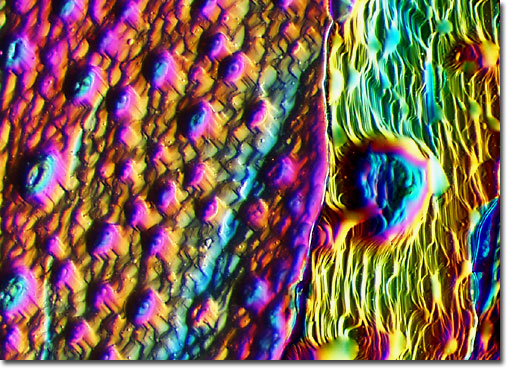Lycopene

|
It's the red in your tomato and the pink in your grapefruit, but in your body, it's a proven anti-oxidant that may lower the risk of certain diseases including cancer and heart disease. Lycopene is one of approximately 600 known carotenoids; chemicals that are responsible for the red, orange, and yellow color in fruits and vegetables. It is found in foods like tomatoes, watermelon, grapefruit, guava, rosehip, and red chilies. Carotenoids also play a major role in the biological coloration of animals. They are known to be essential for plant growth and photosynthesis, and are vital, researchers are discovering, for good health in animals. Only green plants and some microorganisms (bacteria, fungi, and lower algae) can manufacture carotenoids. Animals, including people, store these vital chemicals in their bodies, but are dependent on plants as a source. In the body, lycopene is deposited in the liver, lungs, prostate gland, colon and skin. Its concentration in body tissues tends to be higher than all other carotenoids. Some organs, such as the testes and adrenal glands, store higher levels of lycopene than do other organs or tissues. Dietary consumption of lycopene (mostly from tomato products) has been associated with a lowered risk of prostate cancer. Men with higher levels of lycopene in their blood had statistically significant lower rates of cancer than did men with lower blood levels of lycopene. Studies have also shown that men who eat more lycopene-rich foods have less heart disease. Ongoing research suggests that lycopene can reduce the risk of macular degenerative disease, serum lipid oxidation and cancers of the lung, bladder, cervix and skin. In the future, plants may not be the only source of carotenoids such as lycopene. The commercial production of natural carotenoids through microbial biotechnology is already established and expanding, mainly through the exploitation of microalgae that can synthesize large amounts of carotenoids. |
© 1995-2025 by Michael W. Davidson and The Florida State University. All Rights Reserved. No images, graphics, software, scripts, or applets may be reproduced or used in any manner without permission from the copyright holders. Use of this website means you agree to all of the Legal Terms and Conditions set forth by the owners.
This website is maintained by our
|